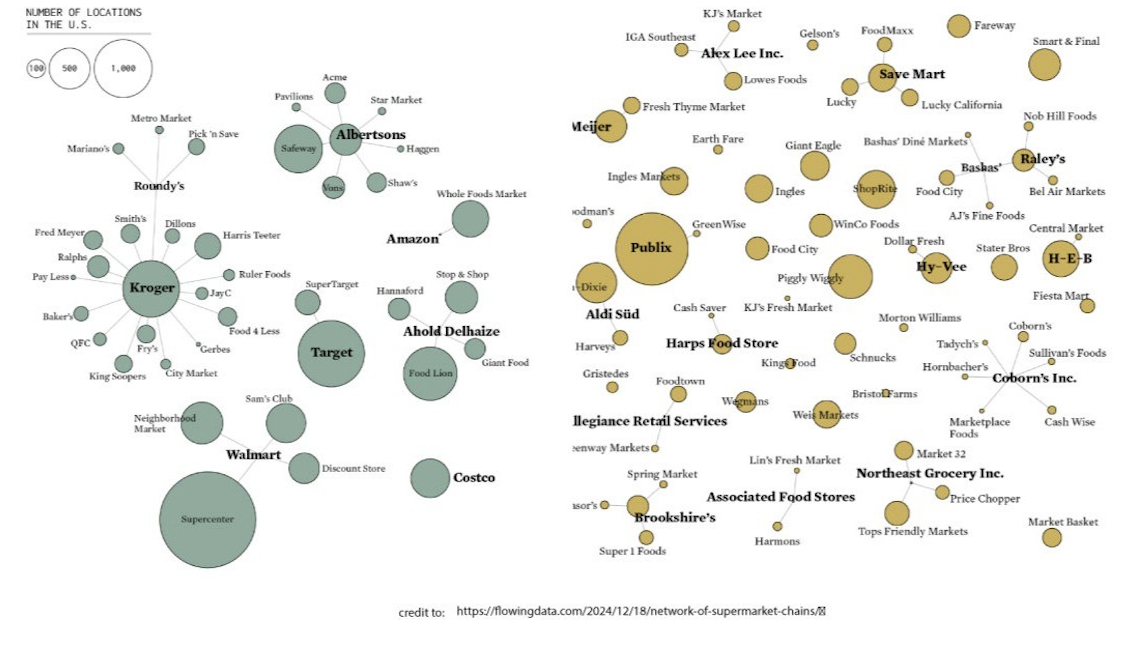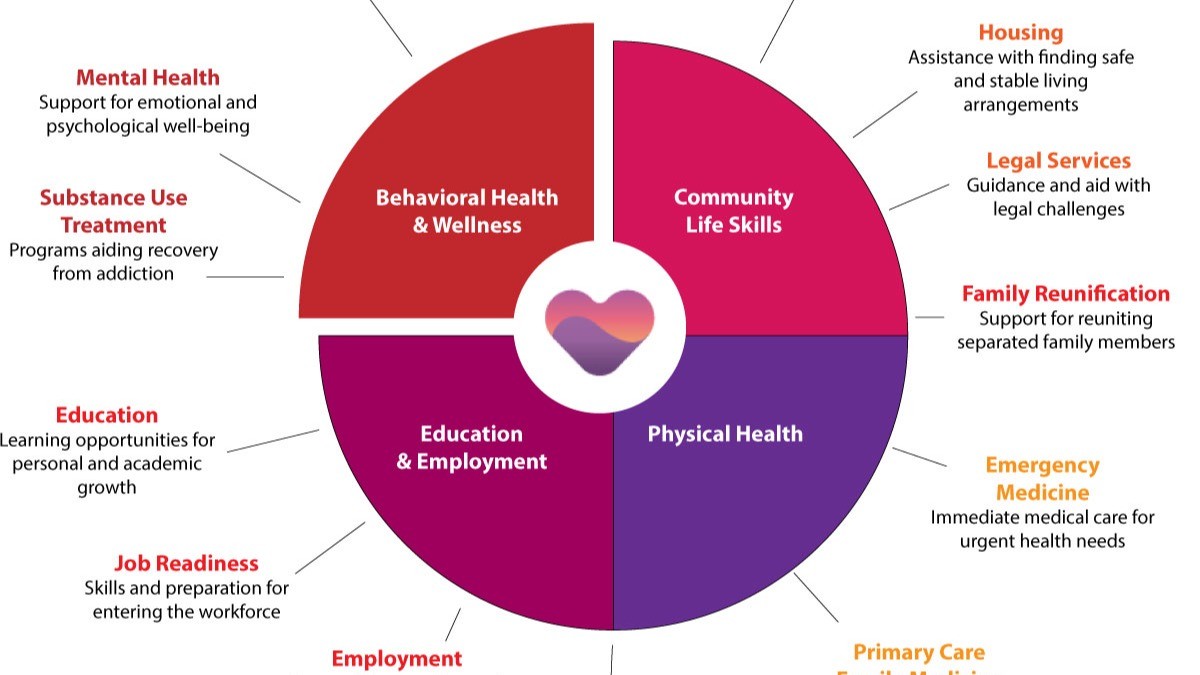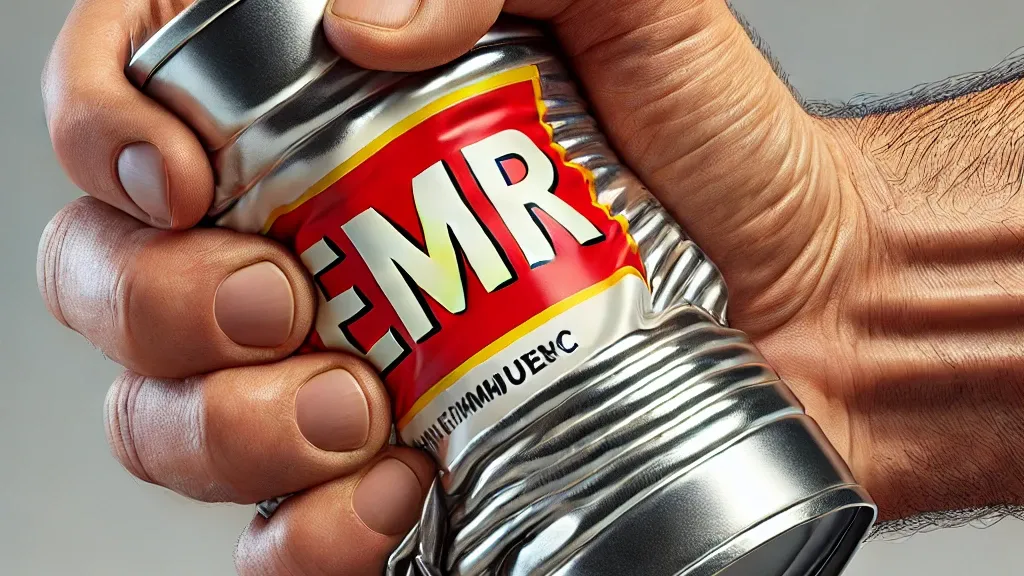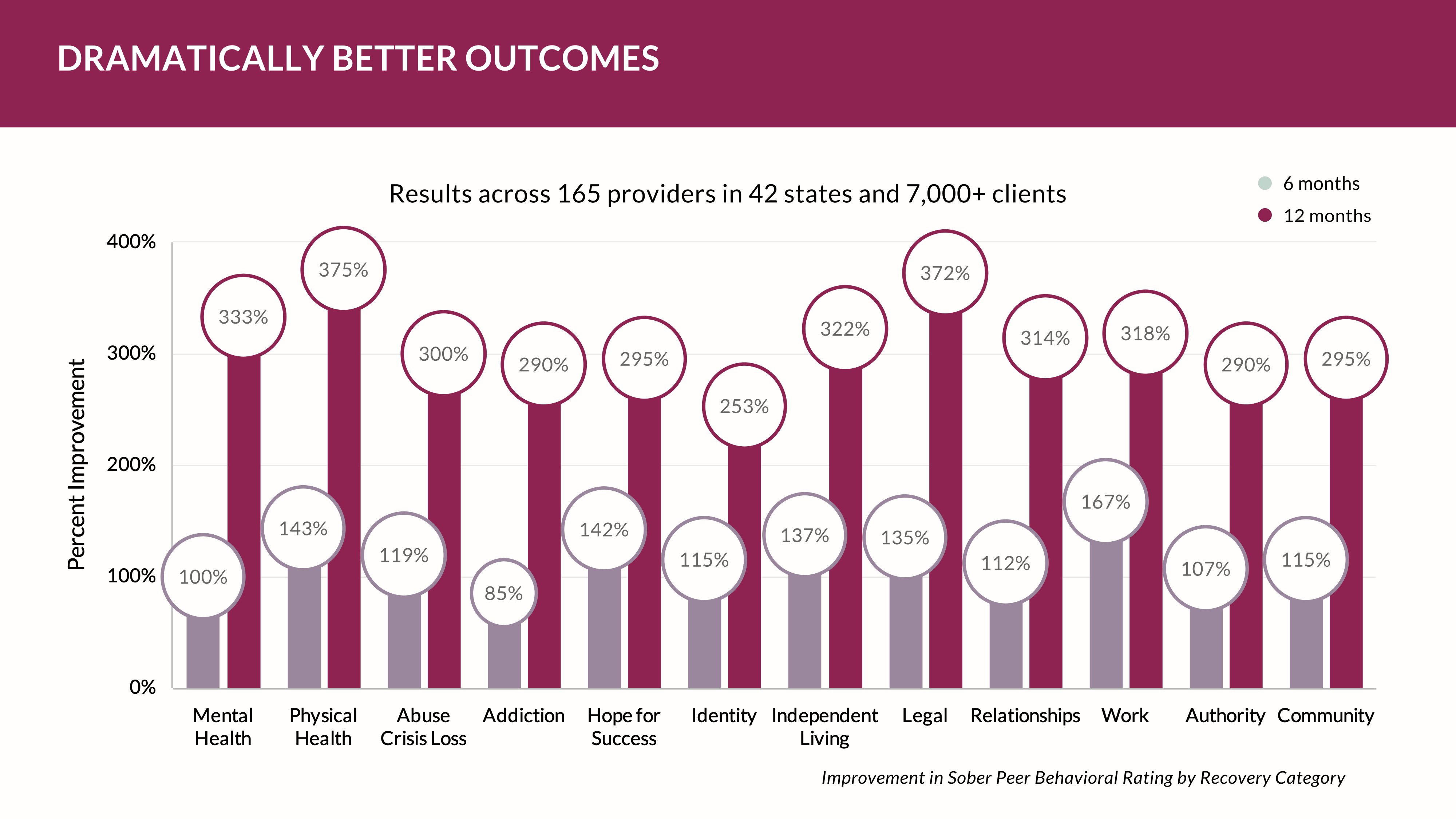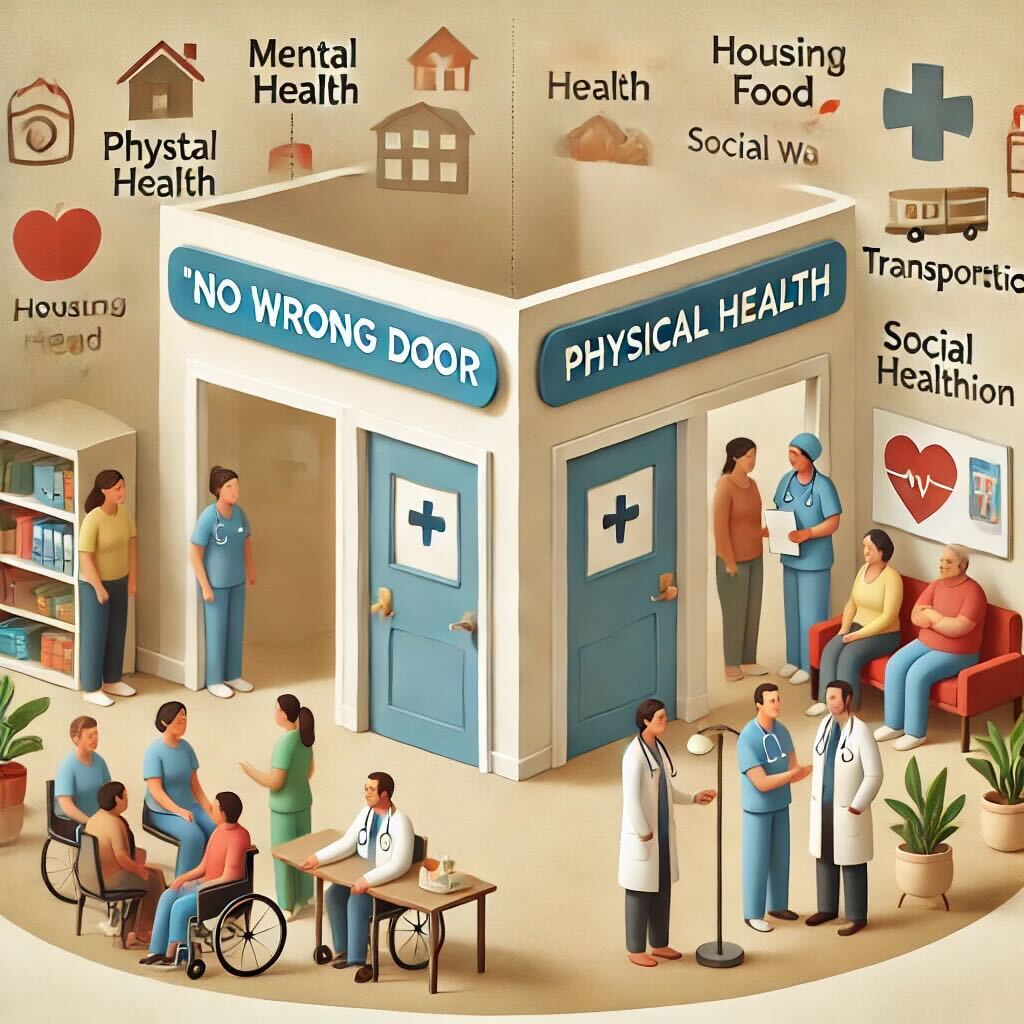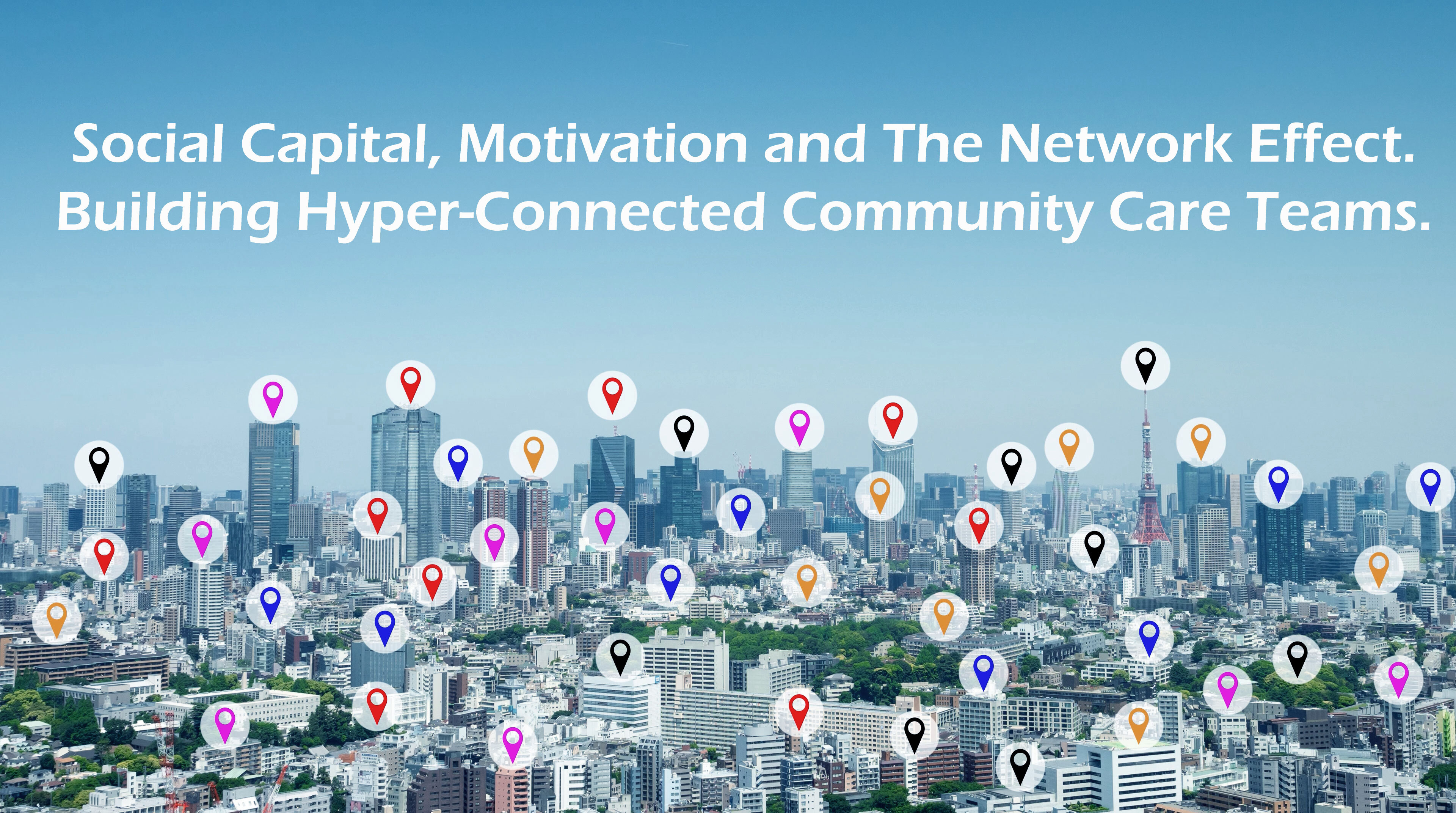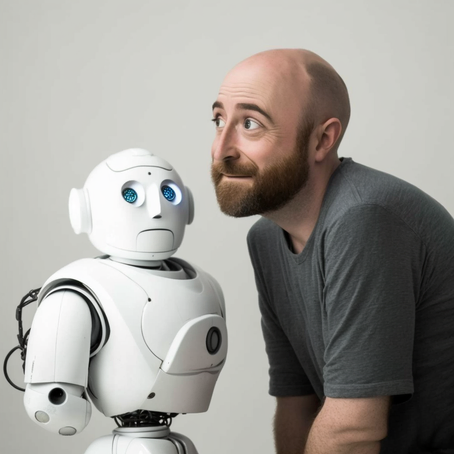Published Date:
Oct 3, 2024
Exclusive
Mental Health
Addiction
Drugs
Behavioral Health’s Model Door Model Explained
Behavioral Health’s Model Door Model Explained
The Centers for Medicare & Medicaid Services (CMS) recently announced a new model designed to improve the way people get healthcare, especially when it comes to mental and physical health. This new plan, called the Integrated Behavioral Health (IBH) Model, will be tested in eight states and focuses on what’s called a “No Wrong Door” approach. The goal is to make it easier for people to get the care they need, whether they are looking for mental health support, physical health treatment, or help with social needs, like housing or food.
In the healthcare system today, it can be challenging for people to get all the different types of care they need in one place. Sometimes, people visit a doctor for physical health problems, but they also have mental health needs that don’t get addressed. On the other hand, some people seek help for mental health issues but may need care for physical conditions. This separation of services can leave people without complete care, and it can also make it harder for them to get better. CMS wants to change that by allowing different healthcare providers to work together more easily.
The “No Wrong Door” approach means that no matter where a person goes to seek care—whether it’s a mental health clinic or a physical health doctor—they will be connected to all the services they need. For example, if someone visits a mental health provider but also has diabetes, they can get connected to physical health care right away. This new system aims to break down the barriers between different types of care so that people get treated as a whole person, not just for one issue at a time.
Another important part of this plan is addressing health-related social needs (HRSNs). These are things like housing, food security, or transportation, which can make it harder for people to stay healthy. If someone is worried about where they’re going to sleep or how they’re going to get food, it can be tough to focus on their physical or mental health. The new CMS model will help connect people to these resources as part of their healthcare, ensuring they have support in all areas of life.
In this new system, healthcare providers for both Medicaid and Medicare patients will work together. Medicaid helps people with low incomes, and Medicare helps people over 65 or those with certain disabilities. By allowing providers from both programs to work under the same model, CMS hopes to make care more accessible for everyone, no matter which program they use. This could lead to more coordinated care, better health outcomes, and a healthcare system that focuses on the patient’s overall well-being.
The Integrated Behavioral Health Model is just being tested right now, so it will take time to see how well it works. However, this is a big step forward in helping to bridge the gap between physical and mental healthcare. If successful, this new approach could change the way we think about healthcare by focusing on treating the whole person, not just one part of their health. This can help people live healthier, happier lives, with the right support, no matter where they first seek help.
Other Blogs
The Plan No One Sees Coming—But Soon Will
Exclusive
Mental Health
Addiction
Drugs

Ant Pheromone Study May Improve Mental Health Outcomes
Exclusive
Mental Health
Addiction
Drugs

Interrupting Violence Should Be Irresistibly Investable
Exclusive
Mental Health
Addiction
Drugs
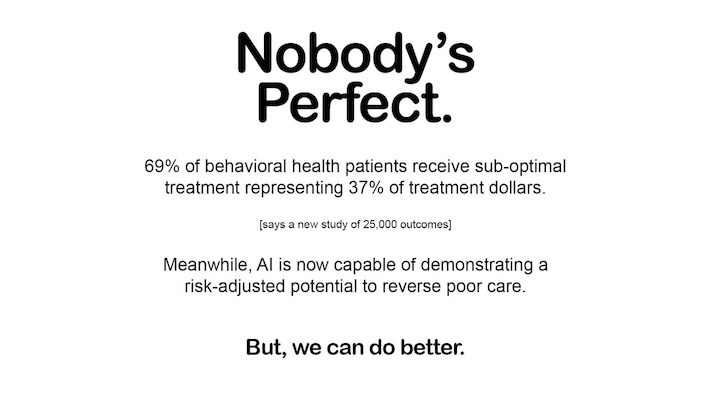
69% of Behavioral Health Patients Receive Sub-Optimal Care According to a New Analysis
Exclusive
Mental Health
Addiction
Drugs
Other Blogs
Have Questions? Lets Meet
Select a time you like to meet with us
